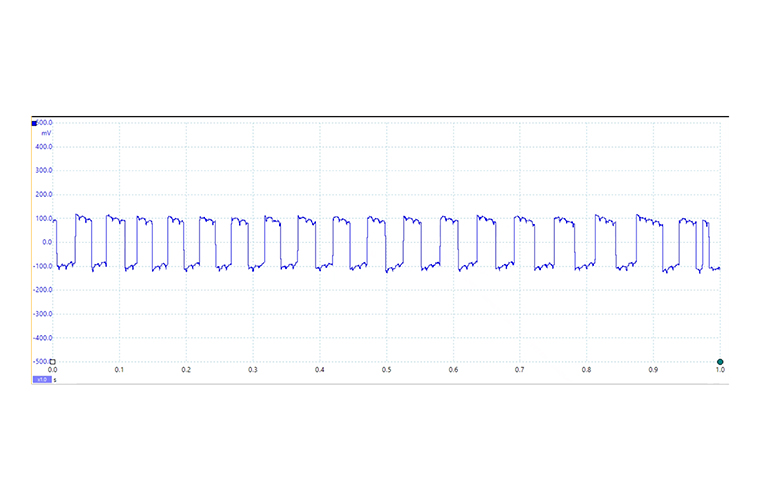Many control units share information provided by the sensors built into the vehicle’s infrastructure to give important data feedback that affects vehicle emissions, performance, comfort, active and passive safety and much more.
When a vehicle’s battery is replaced, some sensor and actuator resets may be required. The common driver comfort items, such as radio, clock and one-touch window settings, are mostly universal. However, many other items that affect the braking, steering, and navigation systems are usually vehicle-specific and rely on fully functional systems. If any part of the system is faulty, a reset adjustment may not be possible. This was the case with the featured vehicle, a Volkswagen Golf Mk5, which recently had a battery replacement. The assisted steering, electronic power control (EPC) and electronic stability program (ESP) warning lamps were illuminated.
The vehicle’s stability control program is an integrated part of the brake control unit. It processes and acts on data shared by many other control units during steering, braking and acceleration to control the vehicle.
The steering wheel angle sensor had already been attempted to be reset with a diagnostic tool. Still, it had been unable to do so, leaving the warning lamps illuminated and the stability safety system non-functioning. This required further investigation.
First, a global fault code check of all systems revealed a steering wheel angle sensor fault in the electromechanical steering control unit. However, on checking the brake and steering control units’ data, the steering wheel angle sensor appeared to be working correctly. Still, it was unable to reset to a known base position. The conclusion was that there must be another fault in the system that was causing the fault. After a short road test, it was revealed that the left rear wheel speed was giving a reading at a different speed than that of the other wheels.
With the vehicle returned to the workshop, an oscilloscope was connected to the left rear wheel speed sensor to check the signal’s integrity to see if this was a simple case of a faulty sensor. On checking the signal, there was an inconsistency in the square wave signal.

The wheel speed sensor is mounted in the hub at right angles to the magnetised impulse reluctor ring, mounted on the wheel bearing assembly. The active wheel speed sensor makes use of the magnetic resistive effect; a magnet in the sensor produces a magnetic field with the lines of magnetic flux running at right angles to the sensor layer. Deflection of the lines by the impulse wheel causes changes in resistance in the thin ferromagnetic layer of the sensor element.

The sensor element converts the changes in resistance into voltages. The square wave voltage detected by the brake control unit is a measurement of individual wheel speed which is used to derive the acceleration and deceleration of wheel speed and is definitive for brake control.
A visual inspection of the sensor was required to see if any mechanical issues were causing the inconsistency in the signal. This involved removing the wheel, brake disc, pads and caliper. Then, it was required to remove the wheel hub with the integrated reluctor ring. The wheel bearing assembly removed from the stub axle, it became apparent what had been causing the issue. Corrosion between the ferrous metal of the wheel hub and the magnetic reluctor ring had distorted the reluctor, causing cracking of the magnetic ring and a narrowing of the air gap between the reluctor and the wheel speed sensor. This was the primary fault with the vehicle.

The febi wheel bearing kit (23320) was required as the replacement part, along with a wheel speed sensor (23810), because it had sustained some light damage from the distorted reluctor ring.
The new bearing assembly and the wheel speed sensor were fitted to the car, along with the brake assembly and wheel’s refitting. Once this was completed, the steering wheel angle sensor reset could be carried out. This consisted of road testing the vehicle with an assistant to operate the diagnostic tool. This involved driving straight at no less than 20km/h, turning the steering wheel at least 15° to the left and then to the right and then stopping the vehicle. Then, the steering was turned completely to the left and was held for at least 3 seconds, then back to the centre. This was followed by the turning of steering all the way to the right and then being held for 3 seconds and back to the centre again. Once this procedure was carried out, the sensor was reset, and all systems were fully functioning again.
The entire range of wheel bearing replacement parts can be found at partsfinder.bilsteingroup.com.







